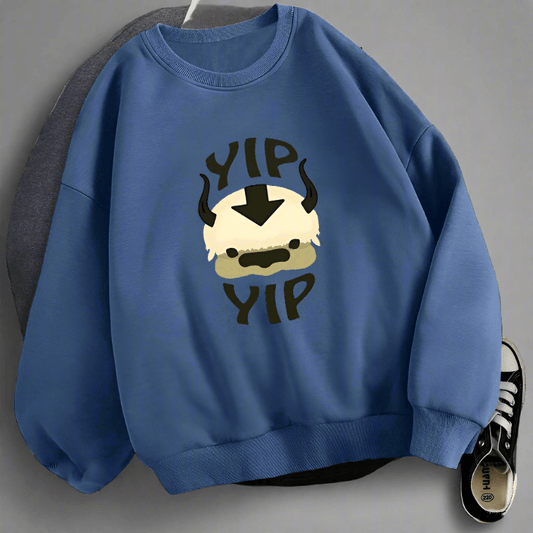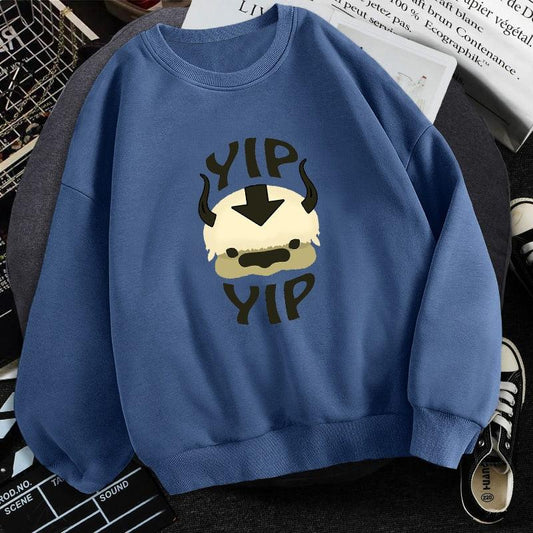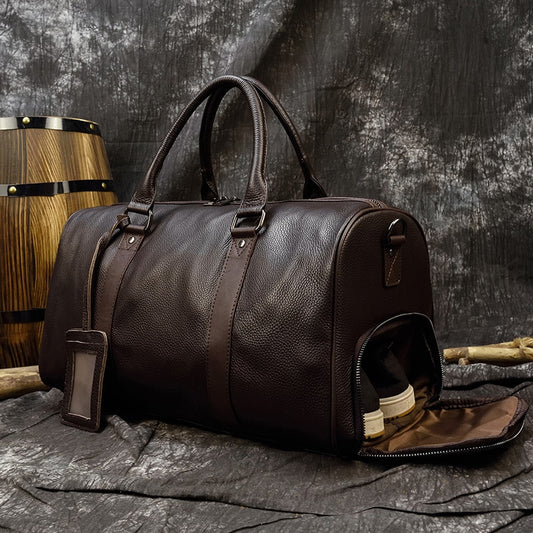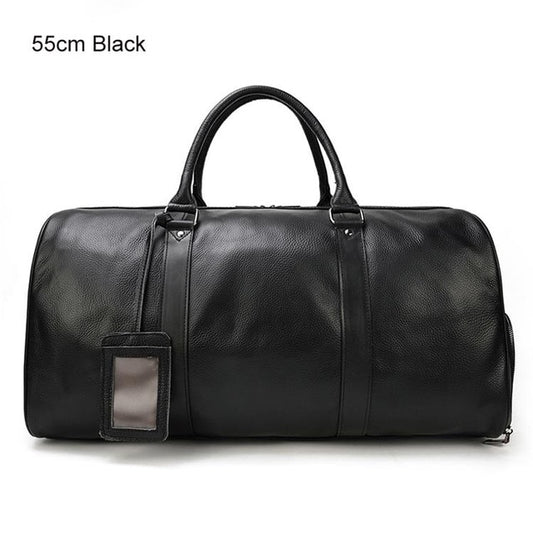The Timeless Allure of Perms: Transforming Hair, Transforming Lives
From Hollywood glamour to everyday style, the perm has transformed hair for decades. This chemical process, which alters the structure of hair to create lasting waves or curls, has been a staple in the beauty industry since its inception. At its core, a perm (short for "permanent wave") involves the application of chemicals to break and reform the hair's keratin bonds, resulting in a new texture that can last for months. While perms offer a long-lasting solution for those seeking texture change, they require proper care and consideration to maintain healthy, vibrant locks.
A Journey Through Time: The Evolution of Perms
The story of perms is one of constant innovation and adaptation. Let's trace the historical development of this transformative hair treatment:
1938: The Birth of the Cold Wave
The modern perm as we know it began with Arnold F. Willatt's invention of the cold wave in 1938. This groundbreaking technique used no machines and no heat, relying instead on a reduction lotion and an oxidation lotion to set the curls. The cold wave revolutionized the hair industry, making perms more accessible and less damaging than their predecessors.
1970s: The Advent of Acid Perms
As the demand for gentler hair treatments grew, the 1970s saw the introduction of acid perms. These perms used glyceryl monothioglycolate, a chemical that was less harsh on the hair and scalp compared to the traditional alkaline perms. Acid perms required heat to activate but resulted in softer, more natural-looking curls.
21st Century: The Rise of Digital Perms
The turn of the millennium brought with it a new era of perming technology. Digital perms, which use computerized temperature controls and infrared heat, offer more precise and customizable results. This method is particularly popular in Asian countries and has gained traction worldwide for its ability to create loose, natural-looking waves.
The Science Behind the Curl: Understanding the Chemical Process
At the heart of every perm is a complex chemical reaction that fundamentally alters the structure of hair. Here's a breakdown of how it works:
- Breaking Bonds: The perming solution, typically containing ammonium thioglycolate or glyceryl monothioglycolate, breaks the disulfide bonds in the hair's keratin.
- Reshaping: While the bonds are broken, the hair is wrapped around rods to create the desired curl pattern.
- Reforming Bonds: A neutralizer is applied, which reforms the disulfide bonds in their new, curled position.
- Setting: The new curl pattern is "set" into the hair, creating a lasting change in texture.
"Perms work by affecting the keratin in your hair. Keratin is a protein that makes up about 95% of your hair and forms the structure of your individual hairs."
Current Trends: A Gentler Approach to Texture
The perm industry has evolved significantly, with current trends focusing on:
- Gentler Chemicals: Modern perms often use milder formulations to minimize damage to the hair and scalp.
- More Versatile Styling Options: Today's perms can create a wide range of textures, from tight coils to loose, beachy waves.
- Customization: Digital perms and advanced techniques allow for more personalized results tailored to each client's hair type and desired style.
"Perms today are not as over-processed as they once were, so the treatment isn't as harsh on your hair."
Impact on the Beauty Industry: Pros and Cons
Perms have left an indelible mark on the beauty industry, offering both benefits and challenges:
Advantages:
- Long-lasting Results: Perms can maintain their shape for months, reducing daily styling time.
- Versatility: They can add volume, texture, and movement to various hair types.
- Customization: Modern techniques allow for a wide range of curl patterns and styles.
Challenges:
- Potential for Damage: Improper application or aftercare can lead to dry, brittle hair.
- Maintenance: Permed hair requires specific care routines to maintain its health and shape.
- Health Concerns: Some studies have raised questions about the long-term effects of frequent chemical treatments on overall health.
Comparing Perm Types: Finding the Right Fit
| Perm Type | Description | Suitable Hair Types | Duration |
|---|---|---|---|
| Cold Wave | Uses ammonium thioglycolate, no heat | Stronger, resistant hair | 2-3 months |
| Acid Perm | Uses glyceryl monothioglycolate, requires heat | Fine, delicate hair | 3-6 months |
| Digital Perm | Uses digital technology, customizable | Various hair types | 4-6 months |
Controversies and Debates: Addressing Safety Concerns
While perms have been a staple in hair styling for decades, they are not without controversy. Safety concerns have been raised, particularly regarding:
- Chemical Exposure: The long-term effects of repeated exposure to perming chemicals are still being studied.
- Scalp Irritation: Some individuals may experience allergic reactions or irritation from the chemicals used.
- Hair Damage: Improper application or overprocessing can lead to significant hair damage.
A study published in the International Journal of Cancer suggested a potential link between hair dye and perm use and an increased risk of certain types of breast cancer, particularly among younger women. However, more research is needed to establish a definitive connection.
Maintaining Your Perm: A Guide to Healthy, Beautiful Curls
Proper aftercare is crucial for maintaining the health and appearance of permed hair. Follow these expert tips:
- Wait Before Washing: Avoid washing your hair for at least 48 hours after getting a perm to allow the new curl pattern to set.
- Use Curl-Friendly Products: Switch to sulfate-free, curl-enhancing shampoos and conditioners to maintain moisture and definition.
- Deep Condition Regularly: Apply a leave-in conditioner or deep conditioning treatment weekly to combat dryness and frizz.
- Avoid Heat Styling: Steer clear of flat irons, curling wands, and excessive blow-drying, especially in the first month after your perm.
- Sleep Smart: Use a silk or satin pillowcase to reduce friction and preserve your curls while you sleep.
Frequently Asked Questions About Perms
Can I color my hair after getting a perm?
It's best to wait at least two weeks after perming before coloring your hair to avoid excessive damage. Consult with your stylist for personalized advice.
How often should I trim my permed hair?
Regular trims every 6-8 weeks can help maintain the health of your permed hair and prevent split ends.
Can I straighten my hair temporarily after a perm?
While it's possible to use heat styling tools on permed hair, it's best to avoid excessive heat, especially in the first few weeks after treatment.
Are there any natural alternatives to chemical perms?
Some natural methods like braid-outs or twist-outs can create temporary waves, but they don't offer the same long-lasting results as chemical perms.
How do I know if my hair is healthy enough for a perm?
A professional stylist can assess your hair's condition and determine if it's suitable for a perm. Generally, virgin hair that hasn't been chemically treated is best suited for perming.
Overcoming Challenges: Solutions for Common Perm Problems
-
Challenge: Frizz and dryness
Solution: Incorporate weekly deep conditioning treatments and use a leave-in conditioner daily. -
Challenge: Uneven curl pattern
Solution: Ensure proper rod placement during the perming process and seek professional application. -
Challenge: Premature relaxing of curls
Solution: Avoid over-washing and use curl-enhancing products to maintain definition between washes.
Ethical Considerations and Best Practices
As the beauty industry evolves, there's an increasing focus on ethical practices and client well-being:
- Prioritize Hair Health: Stylists should assess the client's hair condition and recommend the least damaging option.
- Use Quality Products: Opt for high-quality, less harsh chemicals when possible.
- Provide Thorough Aftercare Instructions: Educate clients on proper maintenance to ensure long-lasting, healthy results.
- Ensure Proper Ventilation: Maintain a well-ventilated salon environment to minimize chemical exposure.
Success Stories: Perms in the Spotlight
Celebrities like Zendaya have showcased the versatility and beauty of permed hair, inspiring many to embrace their natural texture or try a new look. Before-and-after transformations featured in beauty magazines and on social media platforms highlight the dramatic impact a well-executed perm can have on one's appearance and confidence.
Essential Tools for the Perfect Perm
To achieve professional-quality results, the following tools are essential:
- Perming Rods: Available in various sizes to create different curl patterns.
- Perming Solution Applicator: For precise and even distribution of chemicals.
- Timer: To ensure accurate processing times.
- Heat Cap: Used for acid perms Here's the continuation of the HTML code, picking up exactly where the previous response left off: to activate the solution.
- Digital Temperature Control: Essential for digital perms to maintain precise heat levels.
Conclusion: The Enduring Appeal of Perms
Perms have come a long way since their invention, evolving to meet changing trends and hair care needs. While they offer a fantastic option for those seeking long-lasting texture and volume, it's crucial to approach perming with careful consideration and professional guidance. With proper application, aftercare, and maintenance, perms can provide a versatile and transformative styling option that enhances natural beauty and boosts confidence.
As we look to the future, the perm industry continues to innovate, promising even gentler methods and more customizable results. Whether you're considering your first perm or are a long-time devotee, remember that healthy hair is always in style. Consult with a professional stylist to determine the best perming option for your hair type and desired look, and embrace the endless possibilities that come with beautifully textured locks.
Additional Resources
For those looking to dive deeper into the world of perms and hair care, consider exploring these valuable resources:
- American Board of Certified Haircolorists: A professional organization offering education and certification in hair coloring and chemical treatments.
- "The Science of Black Hair: A Comprehensive Guide to Textured Hair Care" by Audrey Davis-Sivasothy - An in-depth look at hair structure and care, including information on chemical treatments.
- Naturally Curly: A comprehensive website dedicated to curly hair care, including articles on perms and other texture-altering treatments.
- Manes by Mell YouTube Channel: A popular hair care channel featuring tutorials and information on various hair treatments, including perms.
By staying informed and prioritizing hair health, you can make the most of your perm and enjoy beautiful, textured hair that reflects your personal style.































































